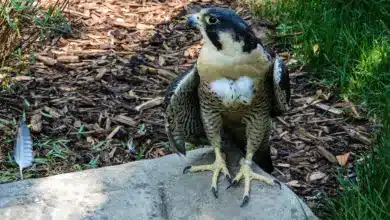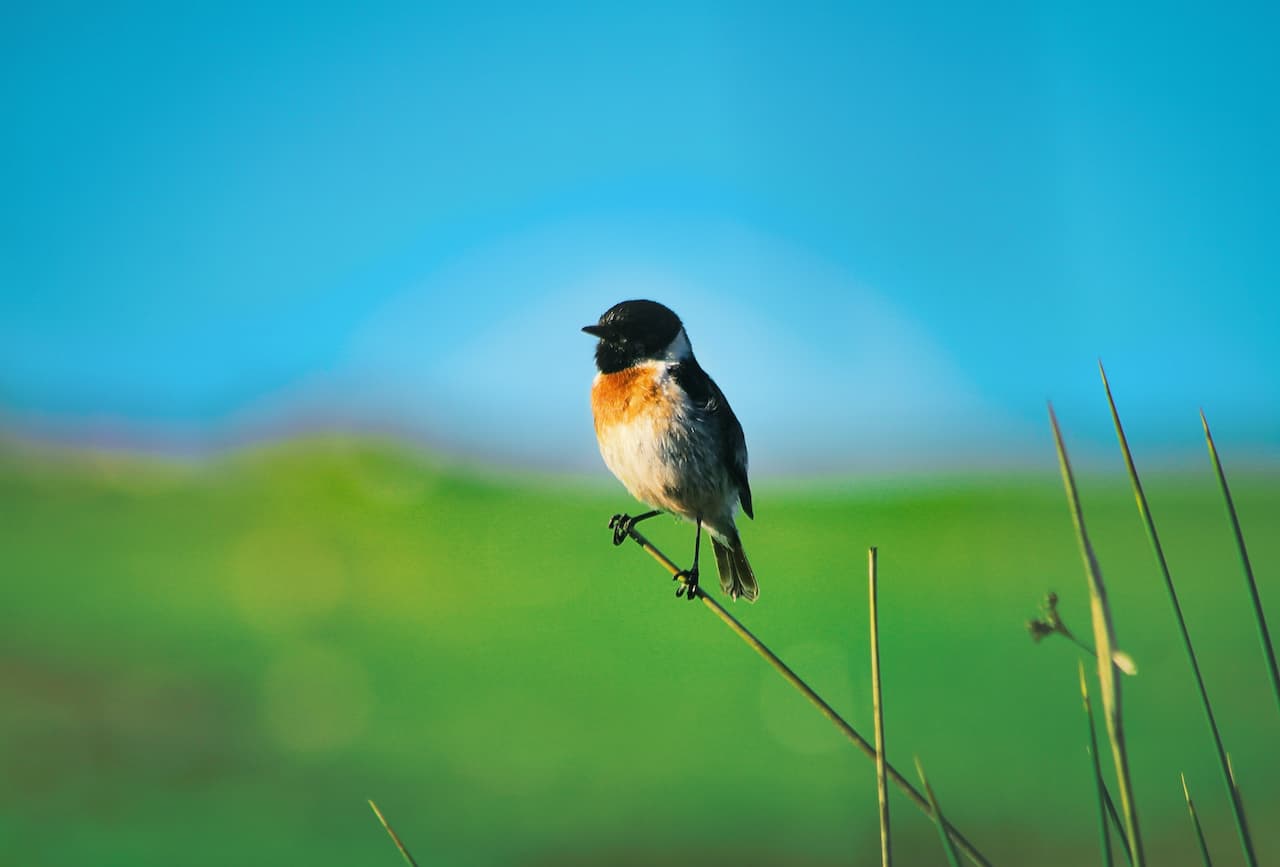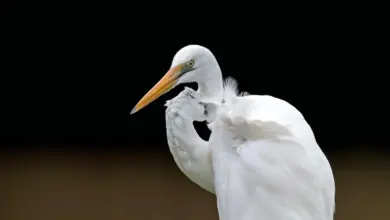Marianas Island Megapodes
Megapode Information … Megapode Photo Gallery
The Marianas Island Megapodes (Megapodius laperouse laperouse) is the nominate subspecies of the Micronesian Megapode found in the Mariana Islands. It is rare, localized, and in danger of disappearing.
Description
The Marianas Island Megapodes is a dark bird about the size of a small hen, usually seen scurrying through the undergrowth. The back and belly are black; the wings, tail, and rump are brown, with a small grey crest on the head. The bill is yellow or orange; the legs and feet are yellow with black toes. The chick has a brown back and head. The wings and lower back are barred and paler in colour. The face, throat, and belly are pale yellow, and the wings are colored with a tint of rufous.
Distribution and habitat
The bird is still to be found in the Marianas. It was previously recorded on the islands of Asuncion, Agrihan, Pagan, Aguijan, and Alamagan, and is extinct on Saipan, Tinian, Rota, and Guam.
Small groups of the birds frequent the thickets and scrublands of low outlying islands in the region; however, when present on larger islands, they may also be found inland on higher ground.
Behavior
The birds are known to creep around in the shadows of small trees and are not capable of flying for long distances. However, they are accomplished runners and would be very hard to catch.
Breeding
During the breeding season, just after the southeast monsoon comes in, the females make large mounds of debris in which to lay their eggs. Some individual females will lay their eggs together in the same mound.
However, the females do not use the same mound more than once and are swapped with different females. When the eggs hatch one to two months later, the chicks will feed on grass shoots and insects.
Conservation
The introduction of dogs, cats, pigs, and rats is believed to have led to the decline of this species throughout most of the islands.
Along with increased predation, during the Japanese occupation of the islands of Saipan and Tinian, most of the vegetation of both islands was burnt and replaced by large sugar cane farms.
It seems that the only way for the species to be safe is to protect a few small islands and release a small population of megapodes there.
That way, a safe population is secured.
On the larger and higher islands, an increase in people and introduced pests will sooner or later destroy any megapode populations.
References
- Greenway, James C. 1967. Extinct and Vanishing Birds (2nd ed). New York City: Dover Publications.




